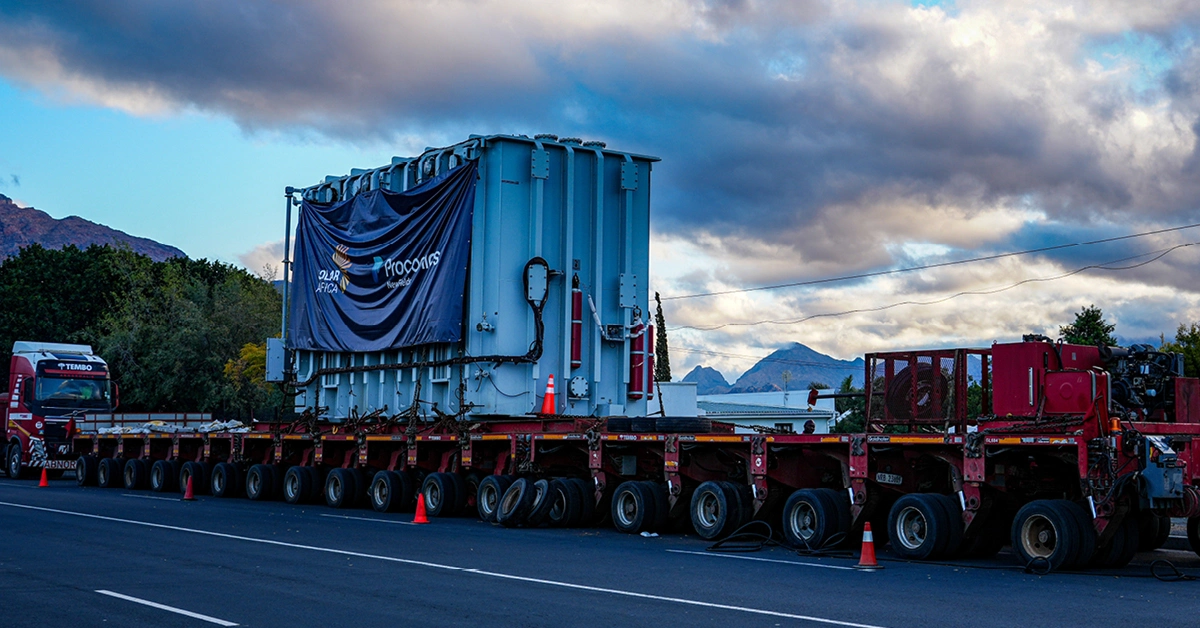Did you know that a staggering 90% of solar installation defects are found on the roof it’s installed on?
Under the solar panels is where seasoned professionals distinguish themselves. The hidden solar panel array cabling, often overlooked, speaks volumes about the installer’s dedication or lack thereof.
As a Quality Control Inspector, I’ve learned that array cabling is the predictor of an installation’s fate. By checking the array cabling, I can usually quickly tell whether I’m going to be inspecting a piece of craftsmanship or whether I will be onsite for the following two hours writing up defects.
I ensure that the solar systems I inspect are safe, sound, and precisely installed. When it comes to solar, the true test of craftsmanship is not just what you can see from a quick drone shot, but what holds up against the stormy weather of time.
I observe this troubling shortcut way too frequently: installers running array cabling behind the frame nuts in the rail channel. It’s a gamble that places undue stress on cables due to thermal expansion and risks damage from unaware future technicians. It is also likely to damage the conductor’s insulation during installation as the insulation is stripped back on the edge of the array fixing nuts.
My advice? Steer clear of the rail channel. Secure cables externally with robust fixings like panel clips or cable ties.
In solar installations, tension on conductors and connections is the enemy. I’ve witnessed the strain that overly taut cables exert on solar panel connections, risking damage to the delicate junction boxes and potentially voiding manufacturer’s warranties.
It’s a fine art, ensuring that each conductor from the modules is laid out with the requisite slack and supported just so, as to ward off any strain and paying attention to the cable’s maximum bending radii. This is especially crucial at disconnection points and at the ends of rows precision here is non-negotiable.
Navigating the unforgiving South African sun, it’s clear that the common PVC cable ties are a false economy. They may initially save some cash, but under the relentless sun, they’re destined to fail, risking your entire solar system. I’ve also heard stories of broken PVC cable ties falling into gutters and blocking drains with disastrous consequences.
In my professional view, selecting stainless steel cable ties or sturdy clips is a smart move, offering durability against brutal UV assault and temperature fluctuations. While PVC ties may be utilised to tidy up appearances, they shouldn’t ever bear the weight of securing your array conductors as the primary means, when tightening steel ties, a gentle hand is key to avoiding insulation damage and potential earth faults – good installers already know this.
As renewable energy professionals, it’s up to all of us to ensure that we take the greatest care when installing any kind of system at a customer’s premises. By working together, we can build a solar energy ecosystem in South Africa that gives customers the confidence to know they’re getting nothing but the highest standards in safety, sustainability and performance.
Business owners should also be empowered with the knowledge to ask the right questions when it comes to choosing their solar energy partner. This ensures that the dialogue between customer and provider remains open, honest and constructive.
So, here’s to doing it right – slap on those clips, secure those cables, and let’s make sure our solar setups stay strong for the long haul, without any hiccups.


"(Required)" indicates required fields